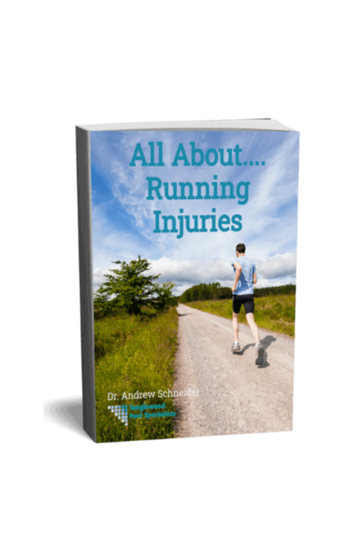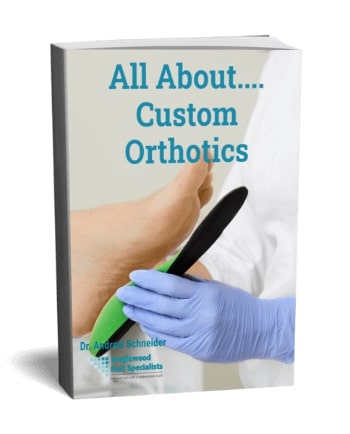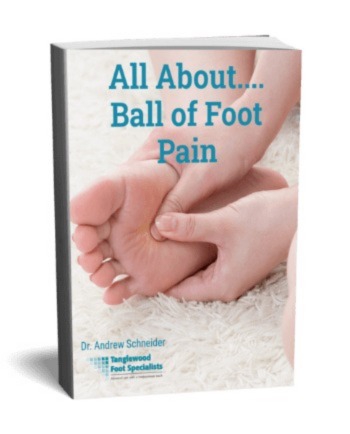These days, Pickleball is the hottest thing since sliced bread. And tennis isn't going anywhere. But so many patients are coming into the office with a tennis injury or Pickleball injury. In fact, as Wimbledon catches our attention and as Pickleball remains the fastest-growing sport in America, this competitive yet social game is attracting athletes of all fitness levels. And, while it's easy-to-learn, and sort of low-impact? This rise in popularity is spelling big trouble for feet across the country. Want to jump on the Pickleball bandwagon without getting hurt? Stick with us to the end of the post, and you’ll be ready to smash your opponents—not your feet and heels.
What is Pickleball?
The sport was the 1965 brainchild of Joel Pritchard. (He's a former Congressman from Washington state.) Legend has it, the idea sparked when he tried to play badminton with a friend, but could only find ping-pong paddles. After that initial match, played with a badminton net at tennis heights, the sport evolved.
But what’s behind that odd-yet-enticing name? All sorts of rumors are swirling. Pritchard’s wife claims credit. She says, because players combined elements of different sports, she thought of crew, where leftover oarsmen go in the pickle boat. Others say the sports’ namesake was Pickles, Pritchard’s pet dog. Either way, the name is firmly in play today.
Rules of Engagement ![man playing pickleball outdoors]()
Like tennis, you can play Pickleball inside or outside, but the court is smaller, measuring 20 feet by 44 feet. The net is also lower, at 34 inches instead of 36. And the court includes a “kitchen,” a seven foot no-volley zone that runs the length of the court on either side of the net.
The sport is played as a singles or a doubles game. The goal? To score points by hitting a wiffle-like ball over the net. And you do that with a paddle that’s larger than the ones used for ping-pong but smaller than a tennis racket. Using an underhanded serve, your ball must land outside the receiving team’s kitchen. But it has to fall inside the remaining court boundaries.
After returning the serve, both sides volley. Players keep serving until they fault. (That happens if you serve into the kitchen, hit a ball out of bounds, fail to clear the net, or volley before the ball bounces.) Players can only score during service. After a fault, service passes to the other team. Most games end at 11 points, and players must lead by at least two points to declare victory.
Why are There so Many Pickleball Injuries?
Each week in our Houston podiatry practice, we’re seeing quite a few Pickleball players coming in with injuries. And our city is not unique. In fact, according to insurer UnitedHealth Group, more people than ever are using healthcare benefits...and, according to the financial experts at UBS, that uptick is because of pickleball injuries. (They even suggested that the sport will cost the healthcare system $377 million this year!) But why is this sport causing so many people pain? There are several reasons we’ve identified.
First, Pickleball is one of the fasted growing sports in the country. Back in 2017, there were over 2.8 million Pickleball players in the U.S., according to the Sports & Fitness Industry Association (SFIA). (That reflected a 12.3% participation rise from the year before.) Clearly, the sport is attracting tons of new players each year. So, it’s not surprising that each year also sees new people complaining of sports injuries.
But that doesn’t paint the full picture of the problem. Instead, the average player age could help us see a driving cause of Pickleball injuries. After all, the SFIA also reports that 75% of Pickleball players are 55 or older. And, since aging can already take a toll on our feet, jumping into a new, active sport could help explain the rise in injuries.
Finally, because the sport is so social, many players enjoy daily matches. And, as with any physical activity, daily training can lead to overuse injuries. Which, as it turns out, are some of the most common Pickleball injuries we’re seeing in the office.
Pickleball Achilles Tendonitis and Other Common Injuries
What are some of the most common aches and pains Pickleball fans experience? One major concern is tendinitis, or inflammation of the Achilles tendon. Unfortunately, many players keep picking up their paddles and playing through symtpoms such as calf pain and tightness. So, Achilles tendon ruptures are also problems for frequent pickleballers. Add in an increased risk for ankle sprains, plantar fasciitis, along with a range of elbow, knee and shoulder problems, and it becomes more important than ever to focus on injury prevention.
Preventing Pickleball Injuries
Most of the Pickleball injuries we see are related to the Achilles tendon, ankles, and plantar fascia. Players are developing Achilles tendonitis and strains. And that's likely because of the stop-and-go movements associated with gameplay. Ankle sprains are also a problem, and the heel pain of plantar fasciitis is a common complaint.
Can we prevent all these problems? Probably not, but we can certainly reduce your risk. First, if you’re playing regularly, invest in special Pickleball shoes. If not, look for shoes with lateral stability thanks to a wide base and a heel cup. You may also look for stiff-framed shoes for extra stability.
The shoes should also have lots of cushioning, especially under the ball of your foot. That will help soften landings as you jump for balls or run across the court. Make sure the shoes have lots of traction, and treads designed for moving in many directions. Finally, look for well-ventilated shoes. That will help avoid fungal infections or smelly feet that develop during a sweaty game of Pickleball.
Sports Injury Care in Houston, TX ![Pickleball paddles and ball]()
Whether it’s tennis, basketball, running or Pickleball injuries, it’s important to address foot or ankle pain as soon as possible. Too many athletes play through minor discomfort…and are then surprised when a major injury develops!
Why is that so important? When you’ve already strained a muscle or tendon, and you keep going through the same motions on the court, you place more pressure on weak spots. As a result, mild inflammation can increase, and your pain becomes chronic instead of intermittent. Or, in a worst case scenario, a mildly strained tendon can rupture, leaving you with no treatment options aside from surgery.
Want to avoid turning a mild Pickleball injury into a major one? At the first sign of discomfort, take a break from the court. Try icing the area for 20 minutes at a time, several times a day, and see if your pain improves. If so, you’re free to get back in the game—following the injury-preventing tips we shared above. But if pain doesn’t improve in a day or two, schedule an appointment in the office. And don’t workout until you’ve been cleared by Dr. Schneider.
Now, that’s how you can address Pickleball injuries caused by overuse. But what should you do if you step wrong or trip on the court, and you experience sudden pain? Reach out to our office and schedule an immediate appointment. Using our in-house x-ray machine, we can rule out a fracture and properly diagnose your injury. With a prompt, appropriate treatment plan, we’ll get you back to the kitchen as soon as possible.
a

























